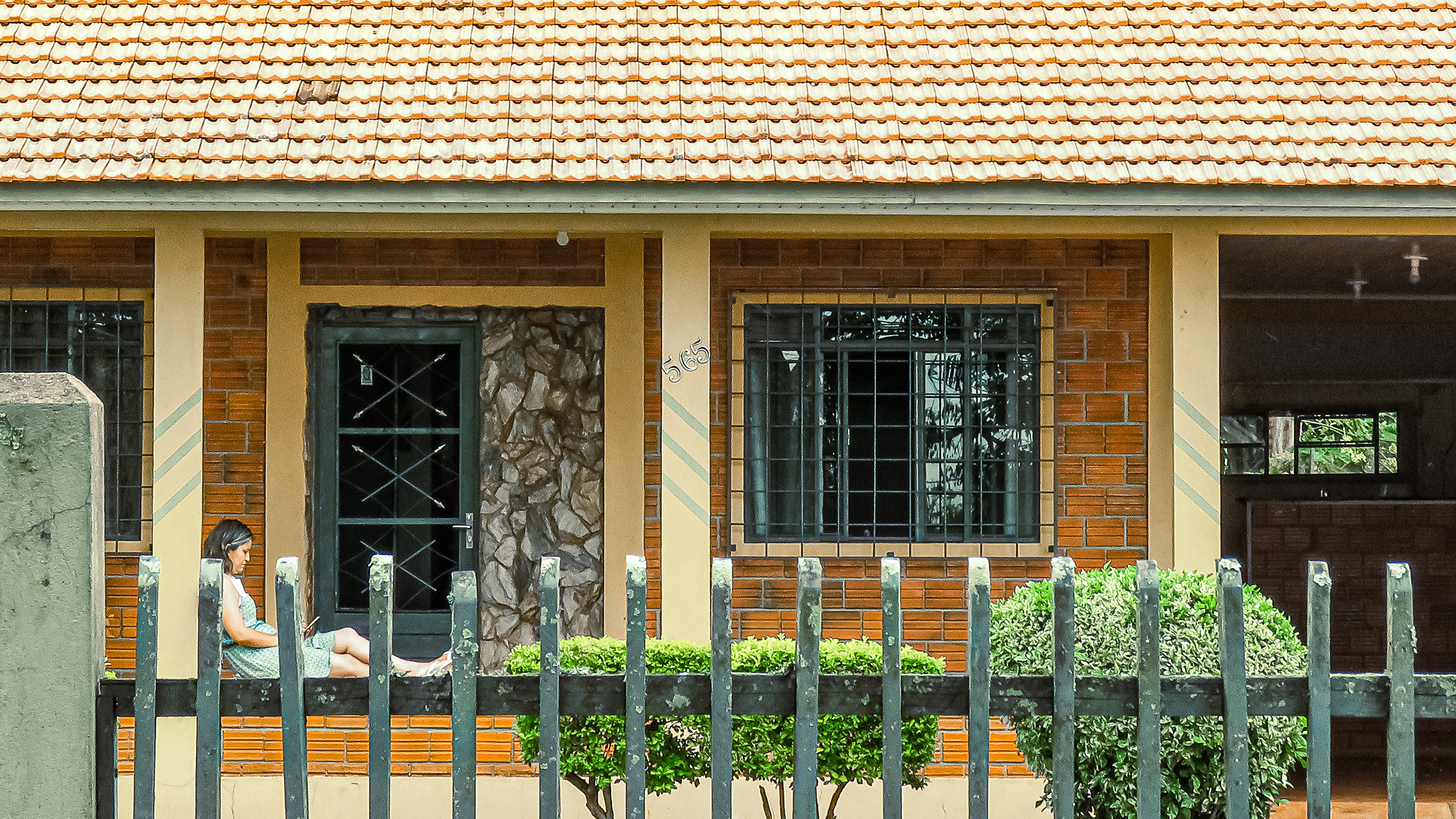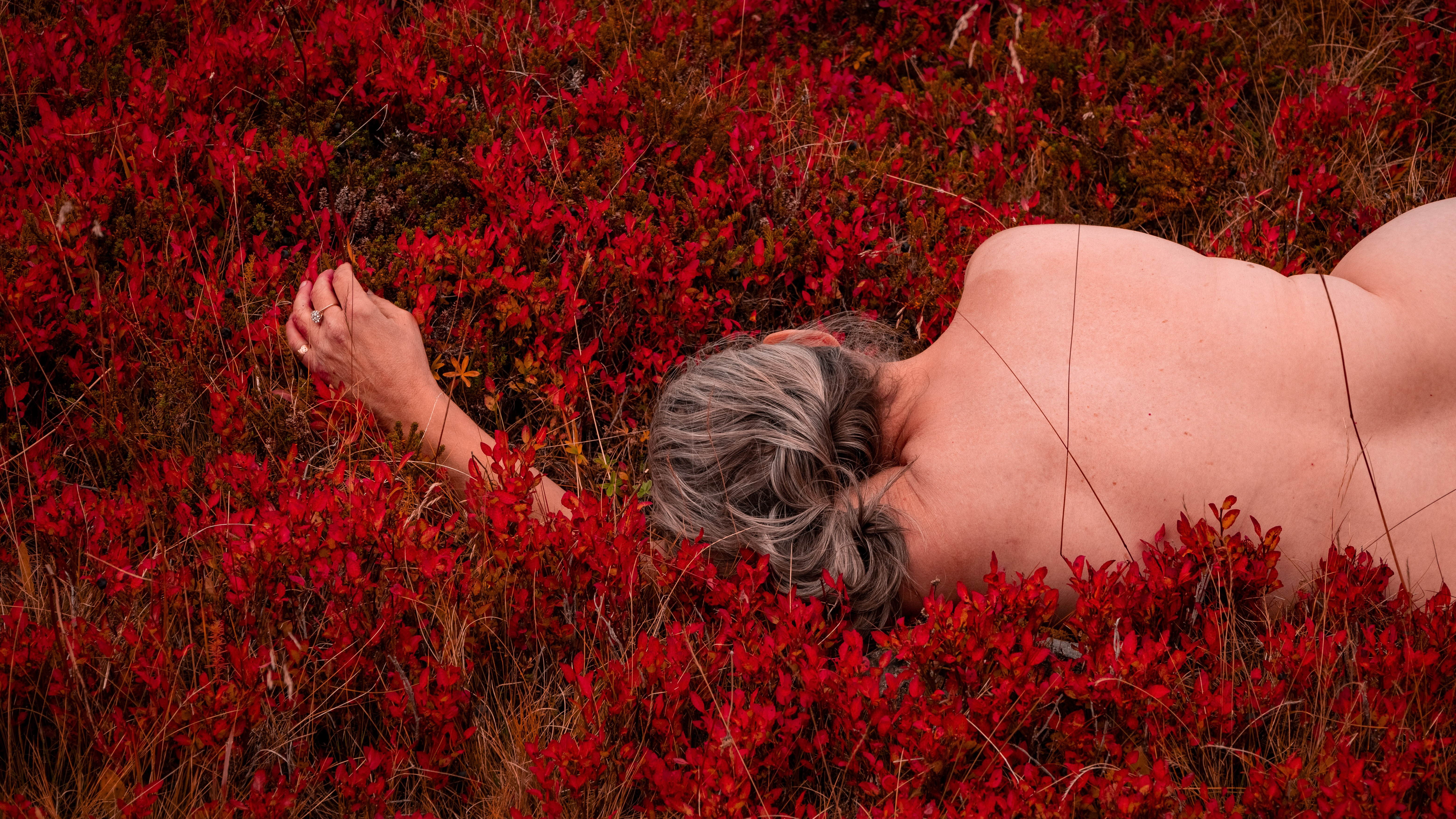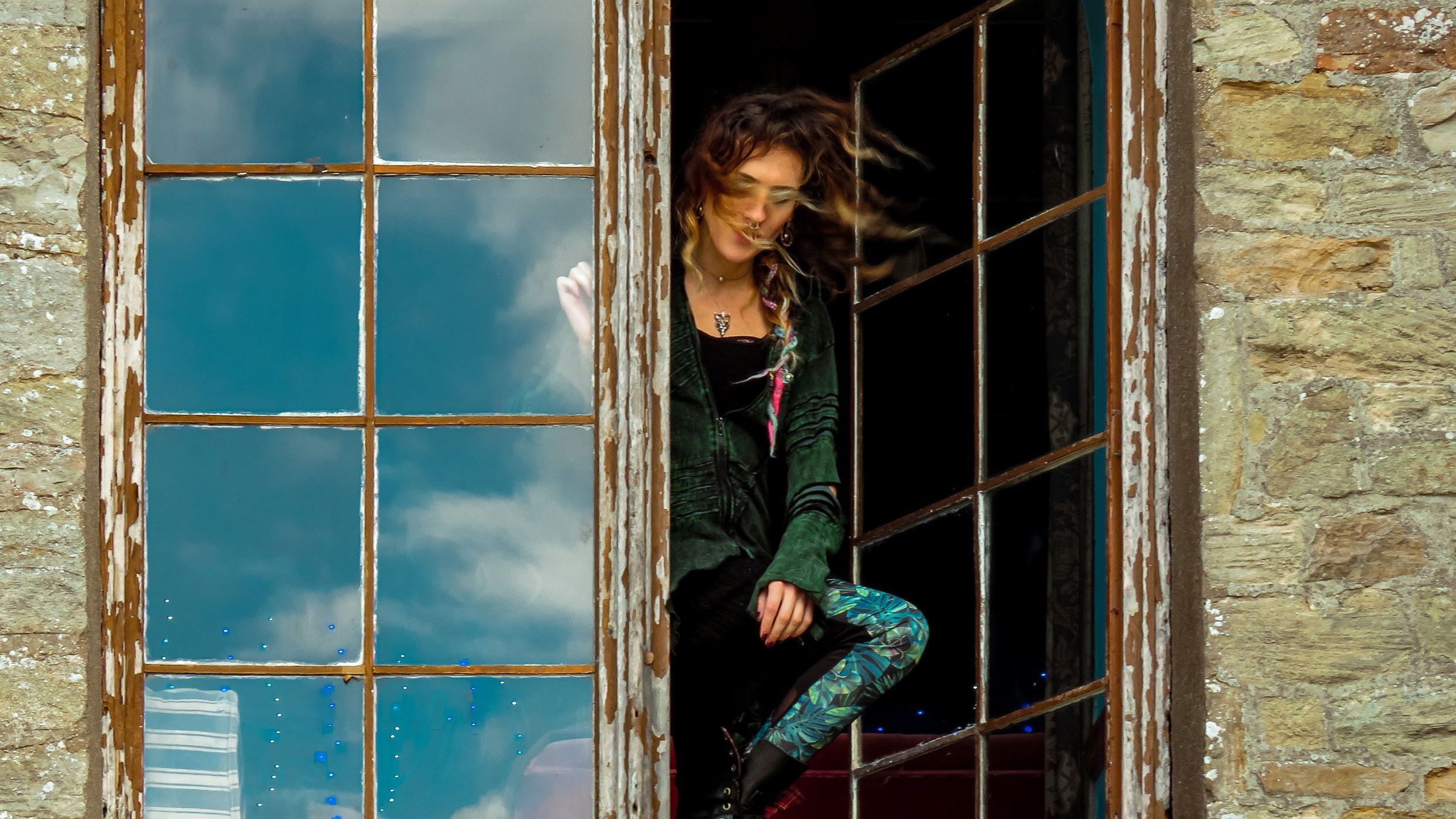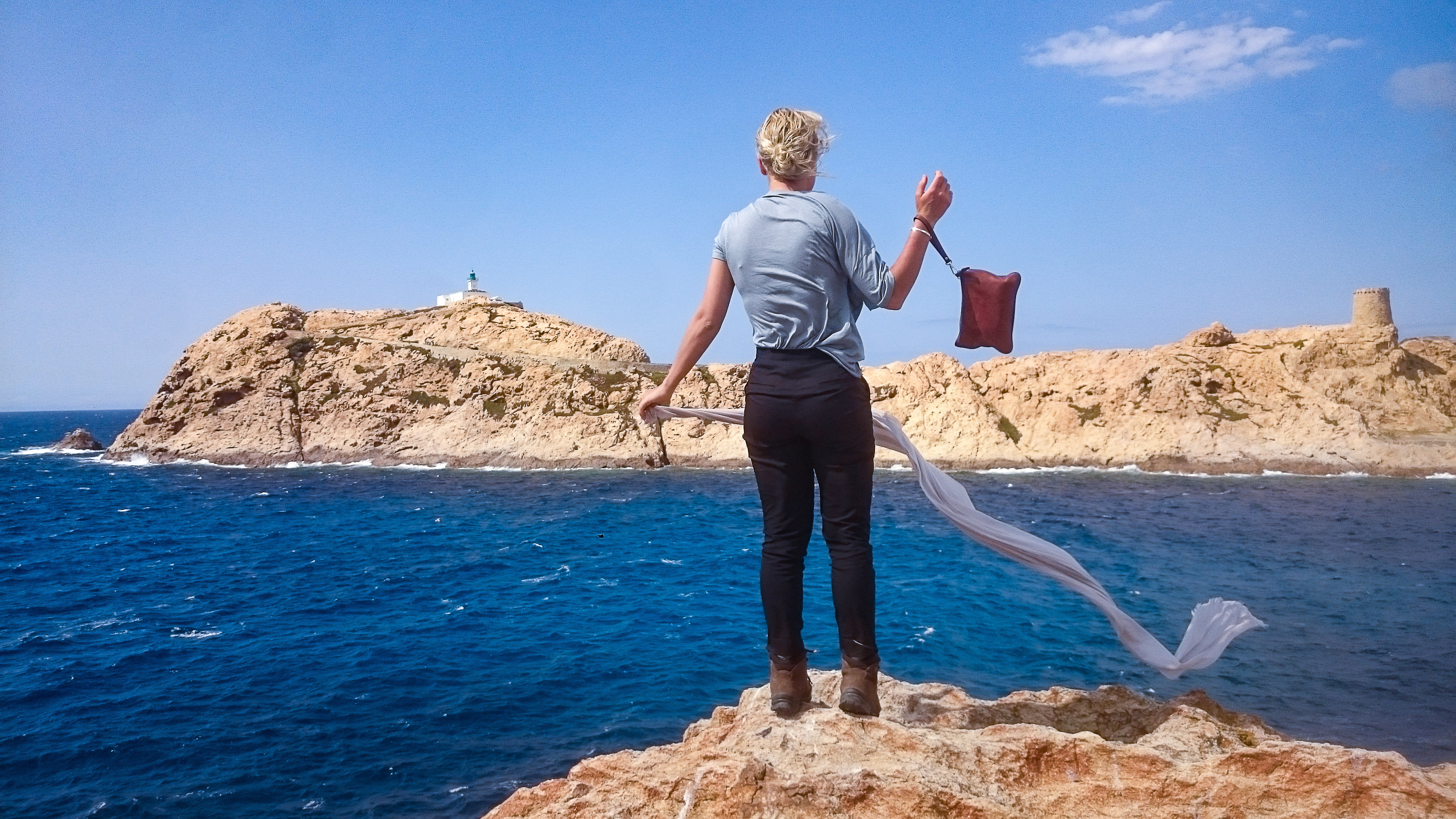Home can be a stormy place. A place of constant friction when its inhabitants grow away from each other. In the case of my family, Friday dinners were the best example. They never ended with the same number of participants as they began with, and always with a bitter tone. Despite the serene Shabat candles on the table, the traditional prayer for abundance, and the homemade fragrant food, the eruption of arguments and clashes was inevitable, usually resulting desertion of one or two family members and the helpless tears of my mom. We just couldn’t hold it together as a family, not even for one hour.
Everyone took part in this feast of family aggression. My father’s cold and firm attitude was often the trigger, my mom’s emotional manipulations (or repeated chicken dish) were the gunpowder, and the impulsive reactions of teenagers set the course for an explosion.
Despite the love and will to hold things together for just one evening, without an understanding of conflict mediation or healthy communication, the outcome was always the same.
Every conflict resulted in more cracks and eventually, my entire family structure collapsed.
My parents got divorced, my older brothers left the house, and I stayed ‘together-alone’ with my exhausted mother in a big house in the suburbs for a few more years until I escaped too.
My parents got divorced, my older brothers left the house, and I stayed ‘together-alone’ with my exhausted mother in a big house in the suburbs for a few more years until I escaped too.
—
20 years later Tonia and I are sitting around a family dinner table on the opposite side of the world, in a small eco-village called Huehuecoyotl an hour away from Mexico City. She is the same age as my mom, but that’s where the similarity ends.
I came here out of curiosity to learn about life in an eco-community and Tonia seems more than eager to tell. Without even offering me a glass of water, she dives straight into the deep insights she gained from decades of collective living.
“The story of Huehuecoyotl is a very romantic one. It was founded in 1982 by a small group of international artists and activists who traveled together with horse carriages and caravans throughout Latin America, performing improv theater and teaching art in remote settlements. They spent 12 years on the road, collecting more and more members, whether inspired wanderers who crossed their path like myself or newborns as a consequence of passionate affairs. Eventually, the rebellious gang got tired of the nomadic life and decided to settle down on this piece of heaven which is considered by indigenous people as one of the most spiritual and energetic spots in North America.”
Huehuecoyotl is one of the first and most famous modern eco-villages in the world, and over the last 35 years, it has become a pilgrim site for many tourists, activists and students.
“The story of Huehuecoyotl is a very romantic one. It was founded in 1982 by a small group of international artists and activists who traveled together with horse carriages and caravans throughout Latin America, performing improv theater and teaching art in remote settlements. They spent 12 years on the road, collecting more and more members, whether inspired wanderers who crossed their path like myself or newborns as a consequence of passionate affairs. Eventually, the rebellious gang got tired of the nomadic life and decided to settle down on this piece of heaven which is considered by indigenous people as one of the most spiritual and energetic spots in North America.”
Huehuecoyotl is one of the first and most famous modern eco-villages in the world, and over the last 35 years, it has become a pilgrim site for many tourists, activists and students.
The community members have built everything themselves, using the most innovative and sustainable methods of that time, while respecting the local indigenous traditions. Their special sense of aesthetics and the implementation of artwork in almost every block created a real paradise. However, as I have learned throughout my travels, no place is utopian, and Tonia, with her endless collection of stories, is the perfect spokesperson for telling things as they are.
“Behind the romantic story of the group, there is a deeper truth about our social needs as human beings. As much as we consider ourselves individuals in the western world, we do seek a sense of belonging to something bigger than ourselves.
Growing up as a rebel teenager in a conservative Hasidic Jewish family in California, I experienced a childhood of isolation and loneliness with my nuclear family. A reality that eventually pushed me to leave and become a very independent woman.
Yet, despite the heartbreak, I still had faith in the idea of communal living and continued to seek a new family. A chosen one.”
Reflecting on my own experience, I learned that “radical” collectives often gather individuals who had an experience of exclusion from another group of affinity.
Growing up as a rebel teenager in a conservative Hasidic Jewish family in California, I experienced a childhood of isolation and loneliness with my nuclear family. A reality that eventually pushed me to leave and become a very independent woman.
Yet, despite the heartbreak, I still had faith in the idea of communal living and continued to seek a new family. A chosen one.”
Reflecting on my own experience, I learned that “radical” collectives often gather individuals who had an experience of exclusion from another group of affinity.
One’s traumas of rejection or displacement eco much longer after separating from the community. When entering a new group, those traumas are triggered easily and challenge the harmony the new collective try to achieve.
Social conflicts are the main reason why most collectives and communities crash in the first couple of years of their formation. Huehuecoyotl managed to survive some major conflicts through the years but ripples often still shake the delicate social fabric and threaten the continuation of the project.
Tonia recognized the threat and decided to take action.
“Once I realized my motives to join the group, as a young woman who grow up in an environment she sought to escape, I managed to understand the conflicts better. I brought it back to the community and prepared special workshops for members to reconnect with themselves and discover their own unmet needs. I quickly discovered to my disappointment that despite the open-mindedness of my comrades, some didn’t want to go deep and touch those places within themselves and therefore many conflicts remained unsolved.”
Other attempts to manifest a conflict management frame have been made throughout the years by different professionals who visited the community, yet despite their efforts, no core principles for conflict mediation were adopted to this day.
Perhaps the secret to the survival of the community is in the acceptance of conflicts as an inevitable part of living together. Something that needs to be embraced and if treated gently does not have to end in explosions.
Pernila, another community member we met while walking through the green paths of the village, shared with me the story of her first relationship as an example.
Perhaps the secret to the survival of the community is in the acceptance of conflicts as an inevitable part of living together. Something that needs to be embraced and if treated gently does not have to end in explosions.
Pernila, another community member we met while walking through the green paths of the village, shared with me the story of her first relationship as an example.
“When my husband and I decided to split up, it was clear to us that we will both stay in the community as friends. Even when we got involved in new relationships with other members of the community we didn’t allow jealousy to take over. We understood that this kind of conflict work should be handled individually and outside of the community maturely and compassionately. If not, the negative emotions will continue to bubble under the surface and will cause the people involved to gradually withdraw from the community.”
But what if conflicts are about core principles rather than domestic drama?
Originally, the members of Huehuecoyotl didn’t plan too far ahead and the structure of the community emerged organically throughout the years.
Therefore, not many rules have been integrated into the original structure, and they have been gradually added as the community faced obstacles or when new members with new ideas showed up. The economic and social structures that have been formed over time did not always support the initial intentions behind the idea of an intentional community. This in itself created another layer of conflicts, mostly between founding members and new ones.
But what if conflicts are about core principles rather than domestic drama?
Originally, the members of Huehuecoyotl didn’t plan too far ahead and the structure of the community emerged organically throughout the years.
Therefore, not many rules have been integrated into the original structure, and they have been gradually added as the community faced obstacles or when new members with new ideas showed up. The economic and social structures that have been formed over time did not always support the initial intentions behind the idea of an intentional community. This in itself created another layer of conflicts, mostly between founding members and new ones.
Tonia mentioned more than once her frustration with the direction the community is heading,
“If new members join in and change the core values of our collective, the place might as well become a condominium!”
“If new members join in and change the core values of our collective, the place might as well become a condominium!”
Without a solid manifesto, the friction between the generations gradually erodes the community’s core values and presents a bigger question about trust. Here we hit a sensitive nerve. The founders of Huehuecoyotl have stayed out of principle outside of any insurance or pension scheme. The desire to live off-grid and reject the state system means that the members can only rely on one another for care. This might have worked so far, but Tonia and the original members of the collective are all in their seventies now and they become more limited and more fearful with time passing by.
“It’s not as easy anymore to maintain what we have built through the years. The communal garden is overgrown and no one has any interest in reviving it. I cannot do things around the house the way I used to and I’m afraid it won’t get any better. There is no security net or retirement home to take care of the individuals when they are less competent and there is not enough solidarity inspiring faith in the collective.”
Without the kids who left the nest to explore other worlds and with new members who don’t share the same close bond as the founders did from their past years of traveling together, the vulnerable elders who established this piece of lush heaven are confronted with a possibly bleak future.
—
Very seldom do we look far enough in our dreams to realize the reality of our elder years. The romantic idea of growing old together with partners, families or friends rarely considers the details of how it will unfold in practice in the more distant years to come. Accepting change is key, knowing that not just your body will change, but also your environment and the people around you. But change is also unpredictable, and one can only prepare to a certain extent.
“Faith is all I have left…” Tonia sighs with a bitter smile, summarizing the uncertain future of Huehuecoyotl. She looks around and examines her little castle, which she built with her own bare hands. She points out the cracks on the walls and the spiderwebs on the ceiling, and whispers “Faith and the waves of the ocean…”









